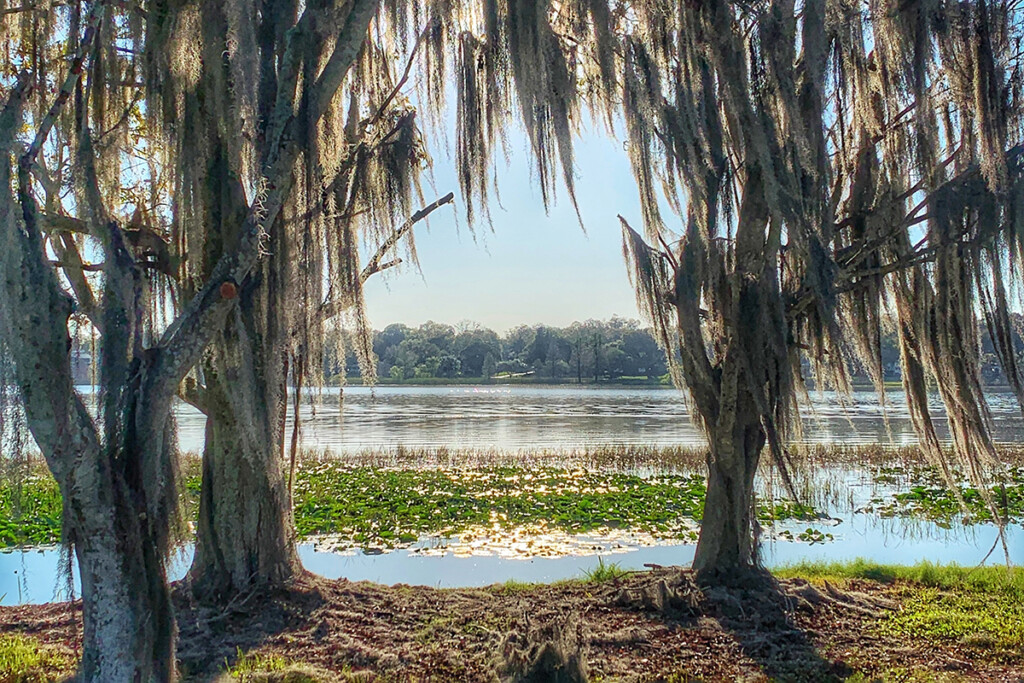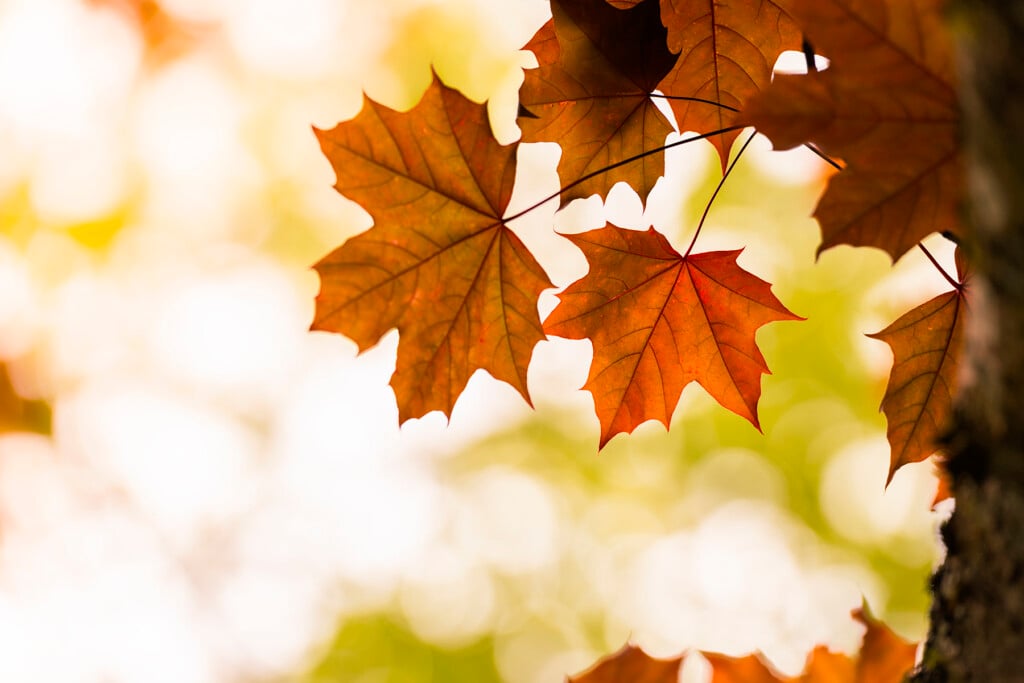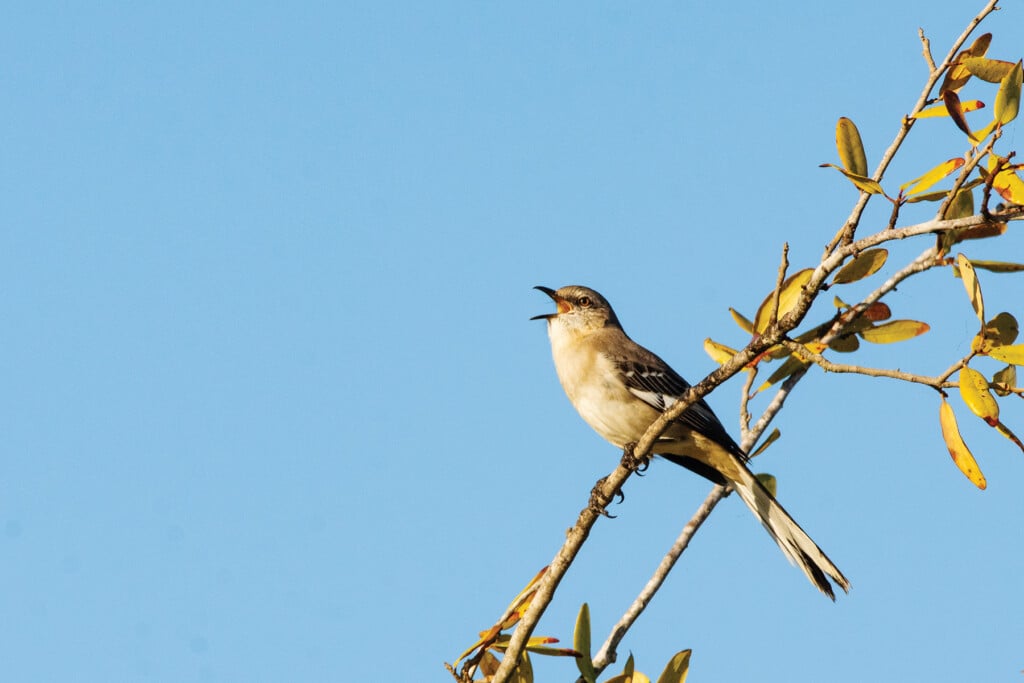Bearded Trees
Harmless to its host, Spanish moss creates enhanced shade

Spanish moss’ scientific name, usneoides, means “resembling Usnea,” the beard lichen. Appearances aside, Spanish moss is not biologically related to lichens or other mosses.
It is in the same plant family as the colorful and popular air plants, bromeliads. Spanish moss is covered with permeable scales which catch moisture and nutrients from the air. It has no roots but entangles itself to the host tree by means of long scaly stems.
The plant became known as Spanish moss because it resembled the long, gray beards of conquistadors.
In the 21st century, Spanish moss has a reputation as a tree killer. The impression it kills trees may originate from the plant establishing itself on trees already in decline.
The mossy bulk may block some sunlight, but it uses the tree only for support. Occasionally, branches with moss may break under the weight, especially after rain.
Golden Orb Spiders: Nature’s Pest Control

Photo by iStock / Getty Images: Ivy Holladay
Hungry caterpillars of every imaginable size and color pattern are currently hatching from the relatively few eggs that survived winter. Soon, these tubular insects morph into butterflies and moths which quickly lay more eggs.
Unfortunately, some of these colorful bugs are quite destructive to the ornamental and vegetable plants valued by human residents of the Emerald Coast.
One natural control for these pest species is spiders.
Surprise sightings of the eight-legged creatures lurking silently out of dark recesses have not helped improve their public image. However, native spiders are not aggressive to humans, and most pass their lives unseen — except by their meals.
Golden orb spiders (Nephila clavipes), sometimes called banana spiders, are noted for the large-sized females and their impressively large webs. The males of this species are less than a quarter of the female’s girth.
These large spiders are frequently found on their webs which are often spun between trees or large shrubs. These spiders are commonly seen near human habitation sites.
The yellow- or golden-tinted webs are used to trap flying insects that are attracted to the color.
The webs can be several yards wide and may be 10 feet above the soil. Portions of the webs are sticky, but the outer web is not and is used by the spider to quickly reach its prey.
The golden orb spider’s venom is not lethal to humans. If left alone, it will spend its life removing airborne bugs from the home landscape.
Lawn Circles

Dollarweed. Photo by iStock / Getty Images: seven75
The uniform texture of turfgrass is sometimes disturbed by little green circles. This is usually one of two species. Dollarweed is a native perennial which is found in damp to very wet sites. Hydrocotyle umbellata, the scientific name for dollarweed, is the species within a larger plant genus found locally.
This low-growing plant produces erect, bright green, shiny leaves with scalloped margins. Leaves range in size from a dime to a silver dollar. The petiole, or leaf stem, is located in the center of the leaf and forms an umbrella shape. The problem with this plant is that it likes almost any damp-soil environment, including frequently watered lawns. Monitoring and restricting moisture levels are the first steps to managing dollarweed.

Dichondra. Photo by iStock / Getty Images: lovelypeace
Another native plant, dichondra is sometimes confused with dollarweed. Dichondra carolinensis, its botanical name, is commonly called Carolina ponysfoot. Both are about the same size and are found in similar growing environments.
With dichondra, the stem attaches to the leaf’s outer margin. Also, dichondra leaf edges do not have the scalloped texture of dollarweed. Both have been the bane of more than one homeowner who is striving for the perfect lawn. There are herbicides that will control, but not eradicate, these plants.
Les Harrison is a retired University of Florida/Institute of Food and Agricultural Sciences Wakulla County extension director.


